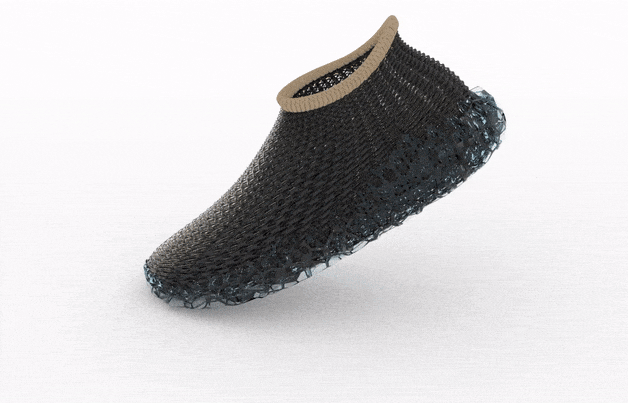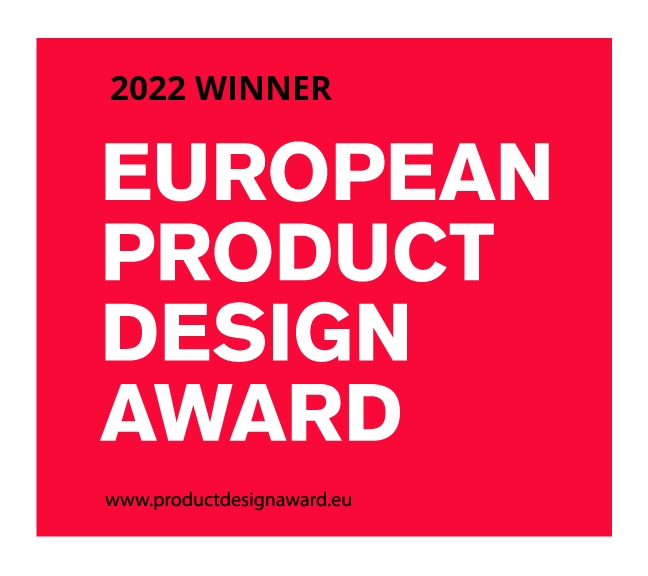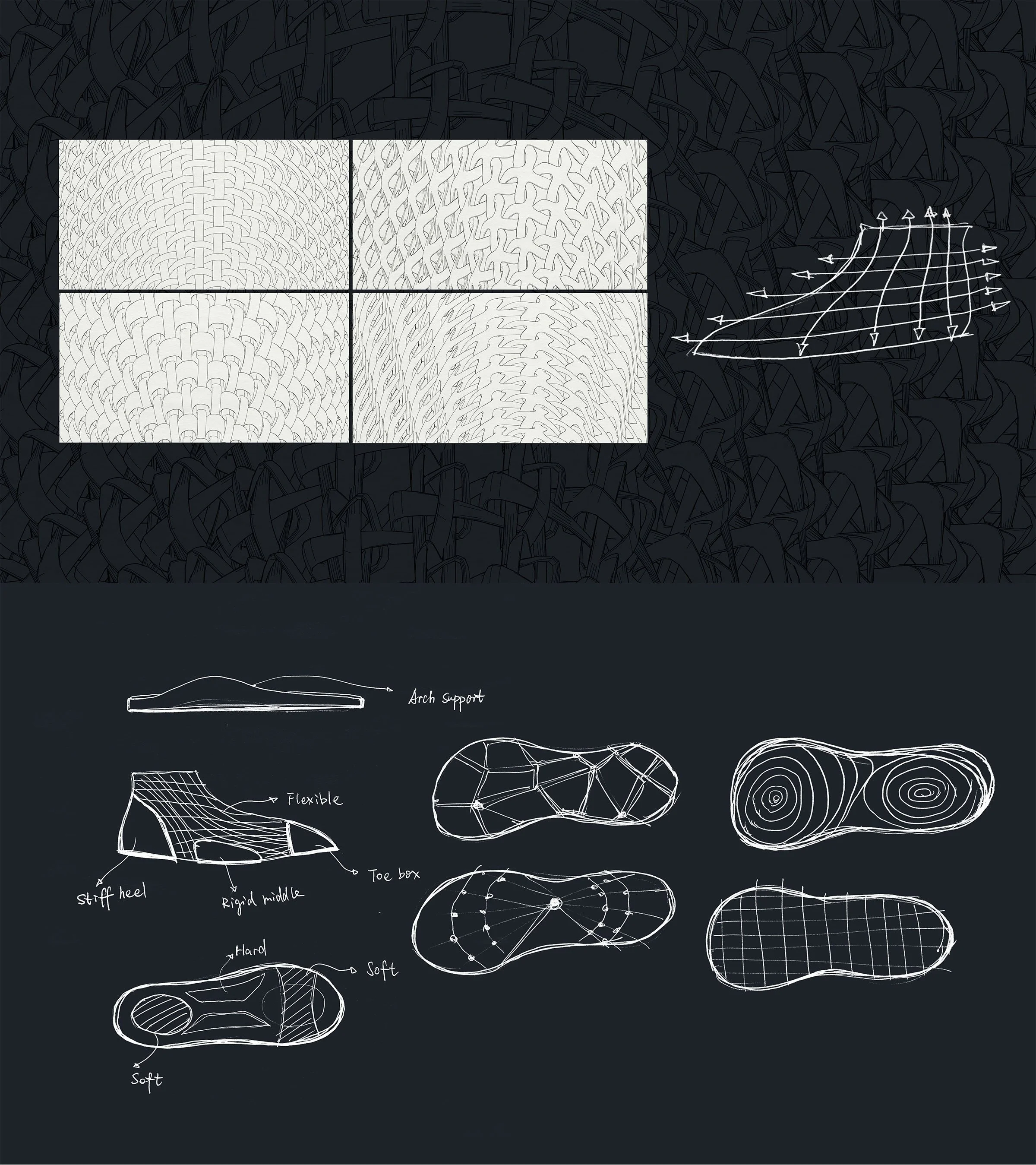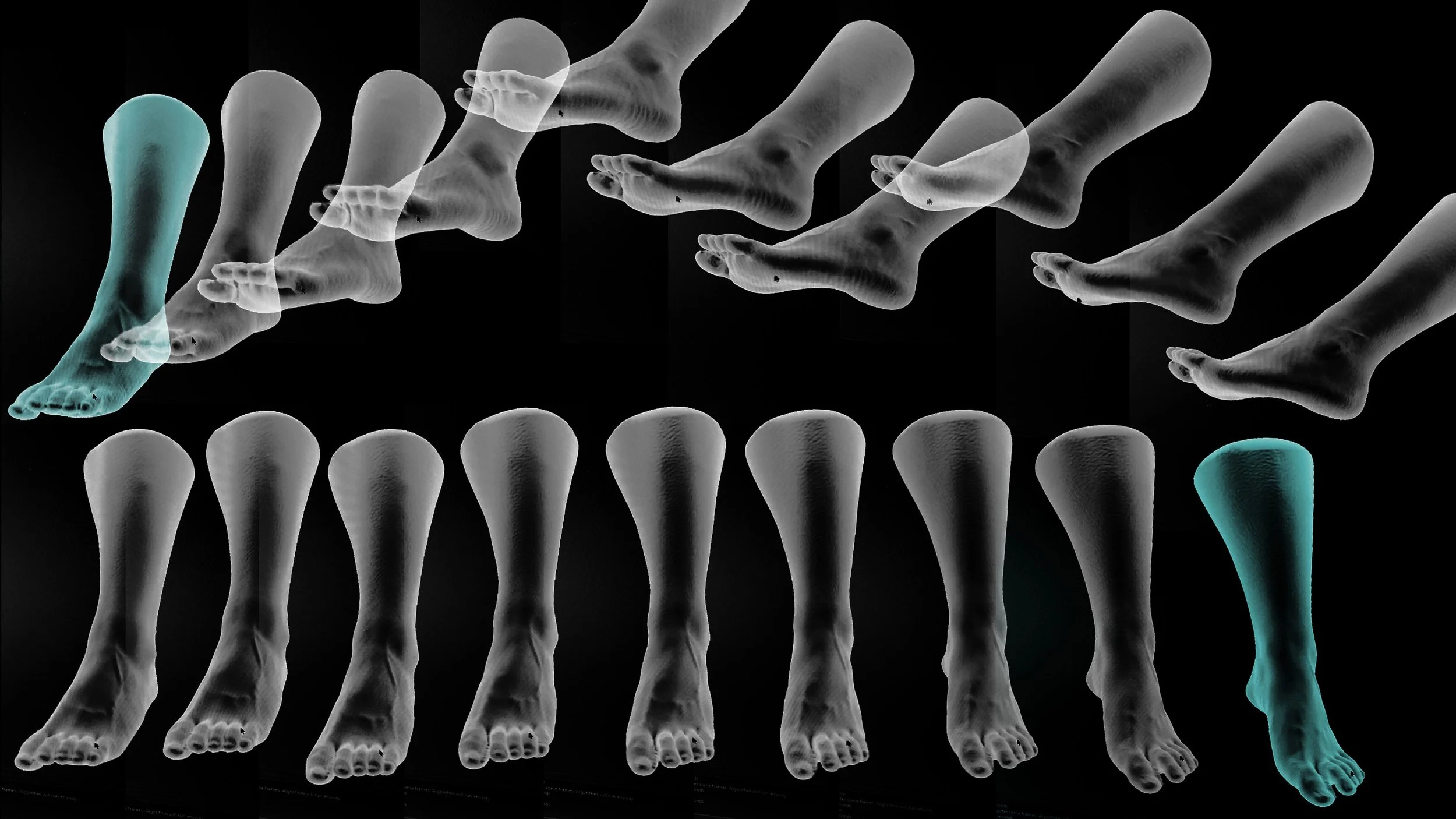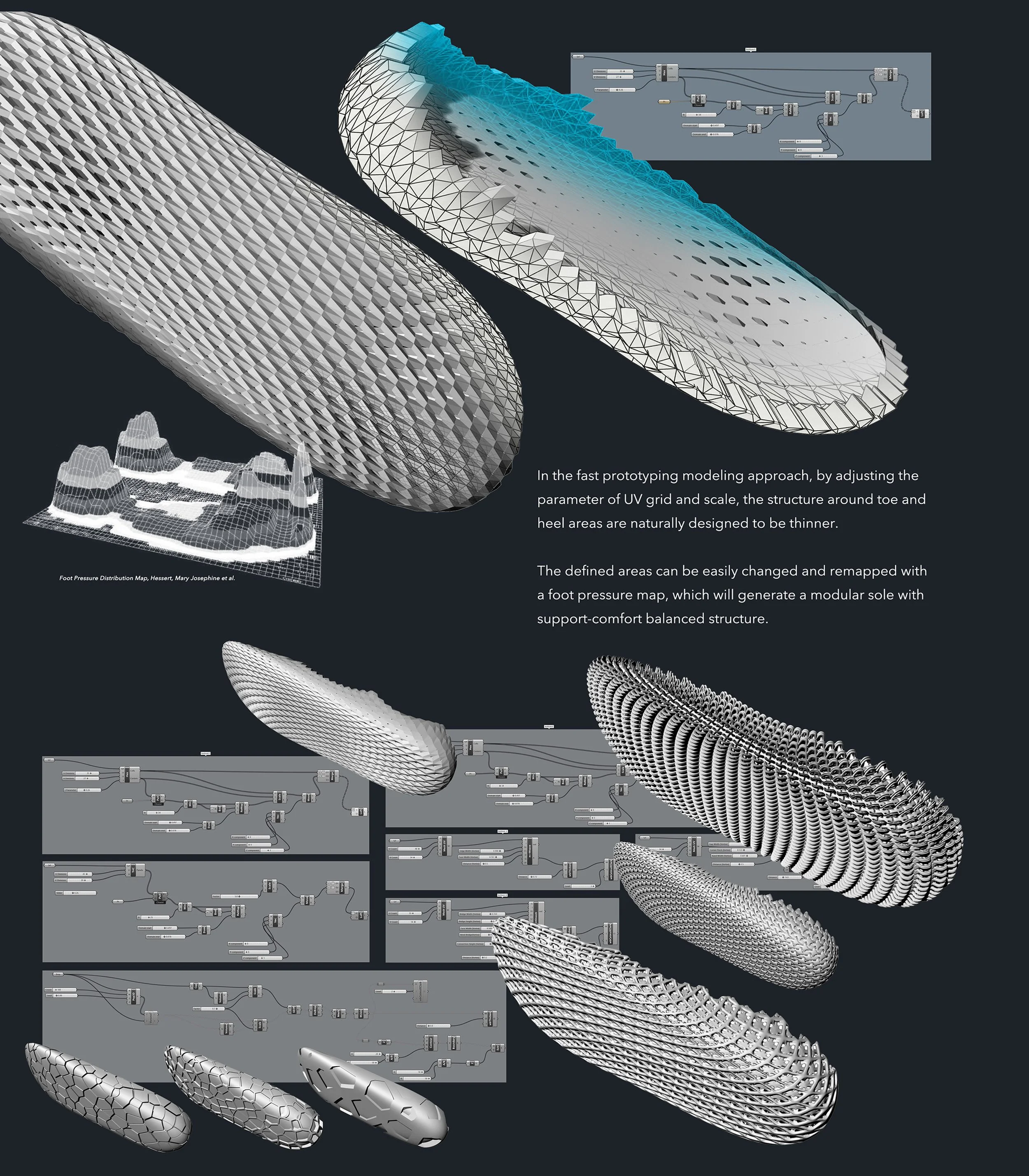We|aver+: Children Therapeutic Footcare
Keywords: Parametric, Children footcare, 3d printing, Therapeutic
We|aver+ provides extra foot care for children aged 8-14 years old with common health issues like Calcaneal Apophysitis, which causes pain and even disability if not given sufficient care. Based on data diagnosed from foot pressure mapping and 3D scanning, optimized with computational design, We|aver+ shoes are capable of providing numerous style and function combinations to fit different foot conditions. Recyclable TPU is applied to 3D printing of We|aver+ shoes, which enables more sustainable reproduction for rapidly developing children’s feet with lower cost and less carbon footprints.
“Care for every step”
The soft customization is inclusive
Challenge
While children complain that their feet hurt, parents usually say that it’s because they’re growing too fast.
Most children have chronic heel discomfort. Especially, between the ages of 6 and 16, 55 percent of them develop Sever's disease. When a youngster suffers from heel discomfort, the heel loses its suppleness, and the pain can extend to the calf and even the thigh. In extreme situations, the disorder might cause difficulty walking, standing, and performing periodic daily movements. The current treatments are limited to corrective straps and professional rehabilitation, which both will limit children’s mobility for a few months. If not treated in time, the disease can last throughout adulthood.
Concept
The design of a wearable should consider human ergonomics in line with comfort and mobility, but also the body-enhancing of offering support and reinforcement, which appears to create a paradox. Rather than the softness of textiles, we also got inspired and found the solution from the structural properties of hollow-loose knitting, which looks like chainmail that is made of the same material but has different stretches and supports in different directions.
3D printed with elastic TPU as such a structure, the upper of the shoe will wrap tightly around the foot but flexible enough for the foot to fit in.
Function-Oriented Design Ideation
3D Print-knit™️ is a new material that combines the wisdom of traditional textiles and the power of 3D printing.
Fit for Purpose
+ Highly customizable shoes are designed parametrically, and fully 3D printed with >50% recyclable lightweight, water-proof TPU, which provides children with extra foot care service at less expense.
+ It efficiently protects small growing soft bones with an easy slip-on function.
Solution
+ Based on children’s foot conditions, parametric design not only generates organic knitting faster but also optimizes functional structure automatically.
+ TPU is easy to print, waterproof, breathable, and safe for skin contact.
+ Print time is only around 5 hours for a pair.
Customization
To achieve the balance of flexibility and stability for different foot conditions, 3D scanning is used to capture the accurate geometry of children’s feet and simulated the pressure distribution with a heatmap in a fraction of the time.
Computation-Optimized Design Experiment
Dynamic Soles are computationally designed based on data diagnosed from foot pressure mapping.
Physical Prototype & Components Intro
Four functional parts printed all-in-one:
The ankle cushion delivers soft touch to the ankle and enables slip-on function without shoelaces.
Featuring anatomical arch support, the modular insole cradles the foot and customizes zoning softness to relieve Calcaneal Apophysitis pain with enhanced comfort from heel to toe.
The print-knit upper is calculated with parametric tools to be functionally heterogeneous but simple. Made from 3d-printed fabric with anisotropy, it wraps tightly around the foot in one direction to maintain stability, yet is flexible in another to give the foot enough flexibility.
The dynamic sole contributes to comfort with pre-designed zones. At the toe part, the sole is easier to bend for better toe space. At the heel part, the structure produces responsive foot pressure distribution. Moreover, wrong gait and foot pathologies could be observed and diagnosed accurately from the wear of the parametric bottom grid.

